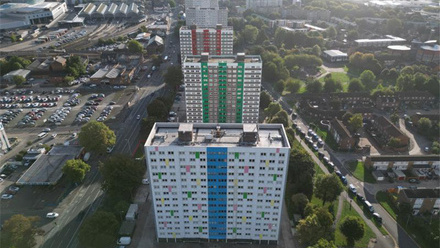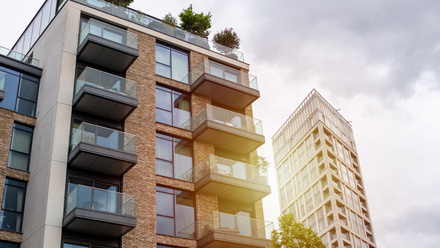New building requirements for single-sex toilets
The Department for Levelling Up, Housing and Communities (DLUHC) published a statement saying the move "builds upon action to protect and enhance single-sex spaces".
It added that the proposed policy, which will now go to consultation, will also encourage the provision of self-contained toilets "to ensure appropriate facilities for all."
Minister for Women and Equalities, Kemi Badenoch, claimed the introduction of gender-neutral toilets had removed women and girls' right to privacy and dignity.
She said: "These proposals will ensure every new building in England is required to provide separate male and female or unisex facilities, and publish guidance to explain the difference, protecting the dignity, privacy and safety of all."
Gender-neutral toilets are facilities that anyone can use, regardless of their gender. They can benefit transgender and gender non-conforming people who are not comfortable or who may face mistreatment when using gender-specific bathrooms.
In its announcement, the government draws a distinction between gender-neutral and unisex or universal toilets, which it defines as "single, standalone facilities used by both genders".
The government said unisex toilets should be provided in new public buildings if there is space, but "should not be installed at the expense of female toilets".
They also said the proposed policy will have a positive impact on disabled people as it could reduce queues for accessible toilets, which the government says are sometimes "the only non-gendered toilets available".
This story first appeared on Construction Manager




